A Dinner CELEBRATING THE Detroit Arts & Crafts Movement
THIS EVENT IS SOLD OUT
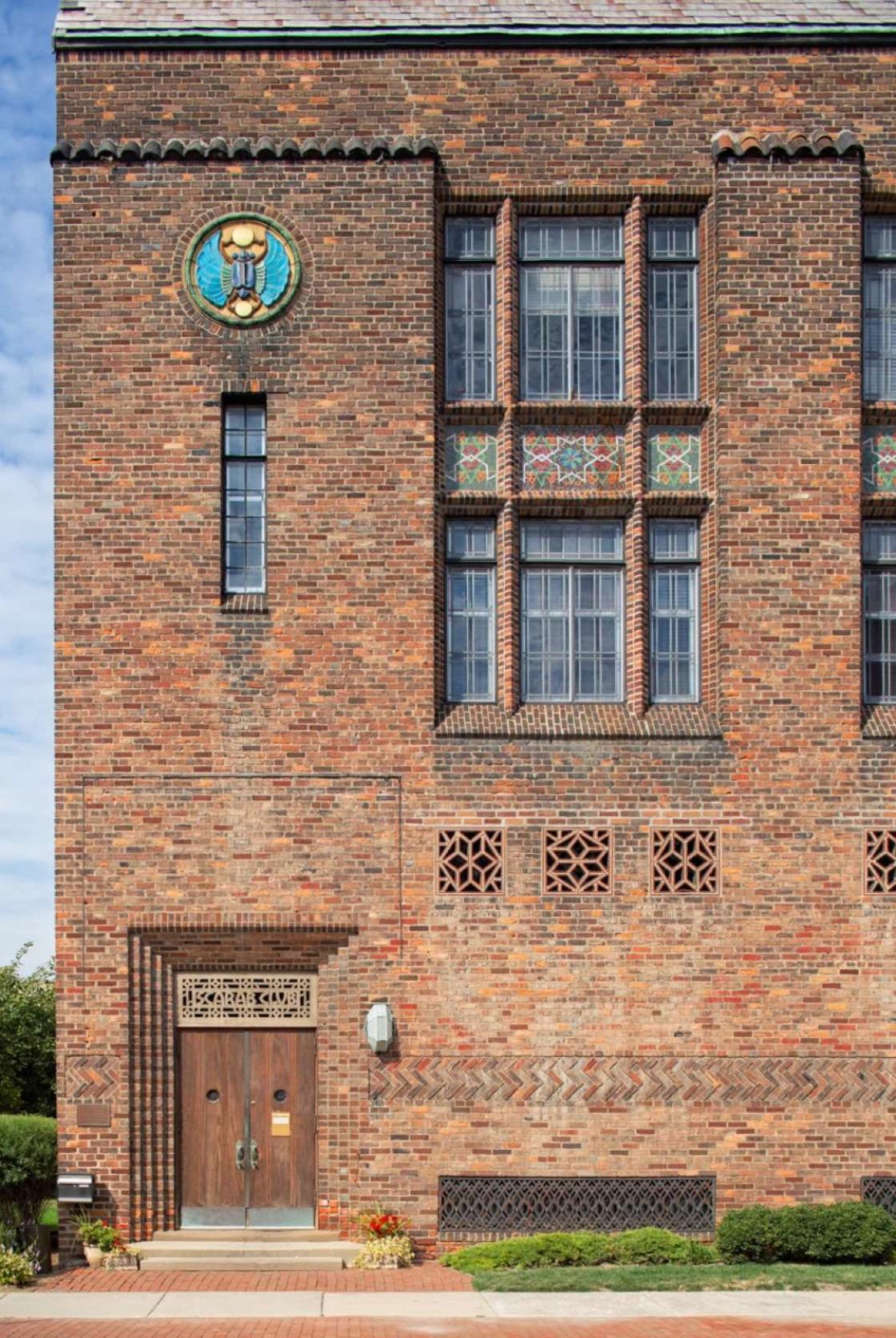
High above the entrance to the Scarab Club is the club’s logo, an Egyptian scarab, made by Detroit’s celebrated Pewabic Pottery.
This year’s Edible Landscapes Dinner will tell the story of Cranbrook and the Scarab Club, one rooted in the Arts & Craft movement that celebrates many shared artists and stories. Executive Chef Kate Williams from Lady of the House will present a five-course menu of culinary delights inspired by the legacies of Cranbrook and the Scarab Club—highlighting the Detroit food scene that surrounded their foundings in the early 1900s. The evening will also include an exclusive look at the Scarab Club studios, where you will be able to meet a few of the current artists and explore these inspiring spaces.
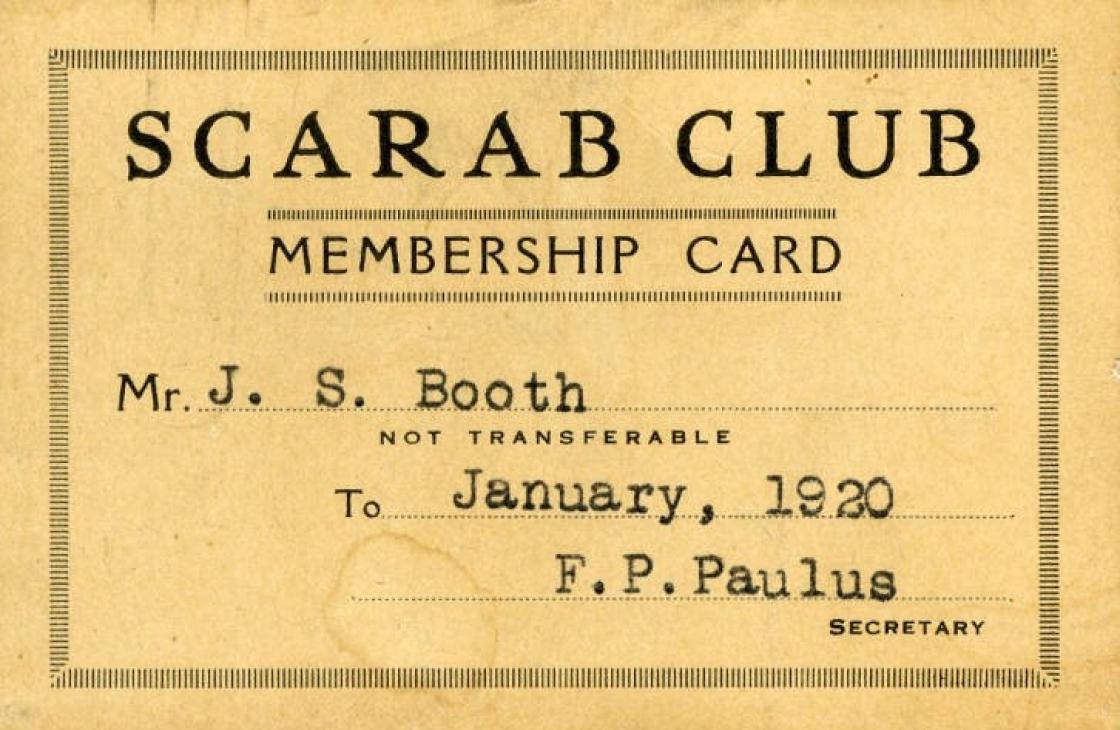
George and Ellen Booth’s oldest son, the artist and automotive designer James Scripps Booth, was an early member of the Scarab Club.

Several Booth family members collected paintings by Scarab Club founder Robert Hopkin, including "Homeward Bound," which was displayed in the dining room at Thornlea, Henry and Carolyn Booth’s home.
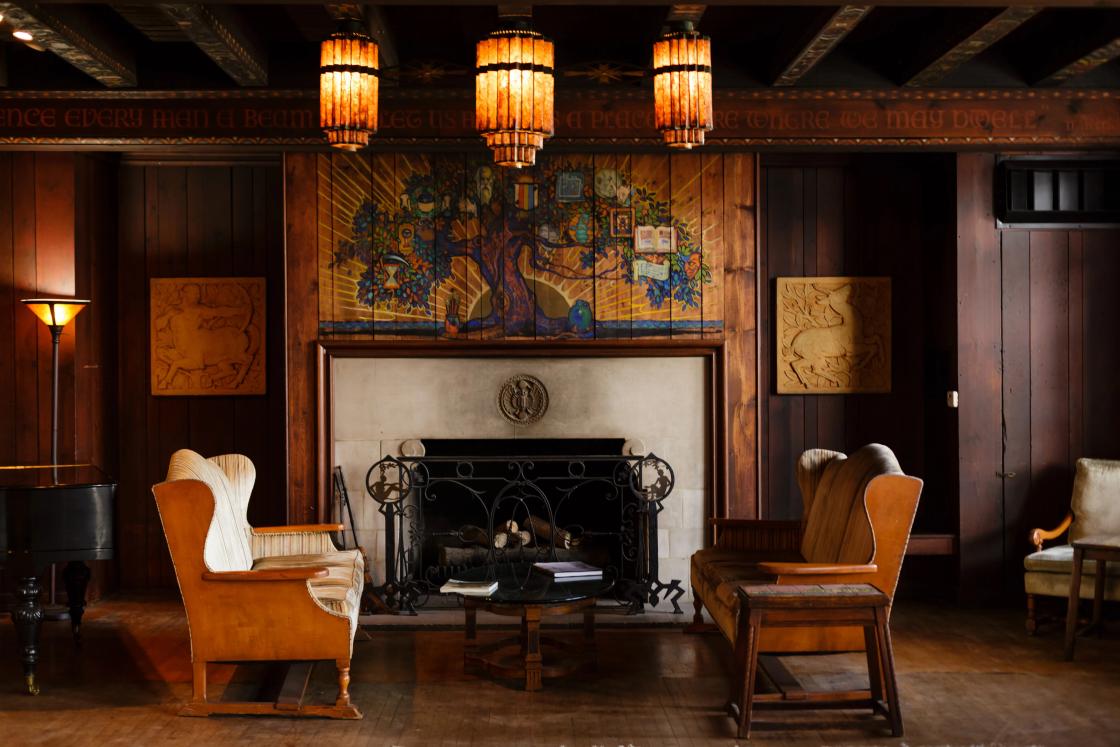
The Edible Landscapes Dinner will take place in the second-floor Lounge, which features a mural painted by Paul Honoré.
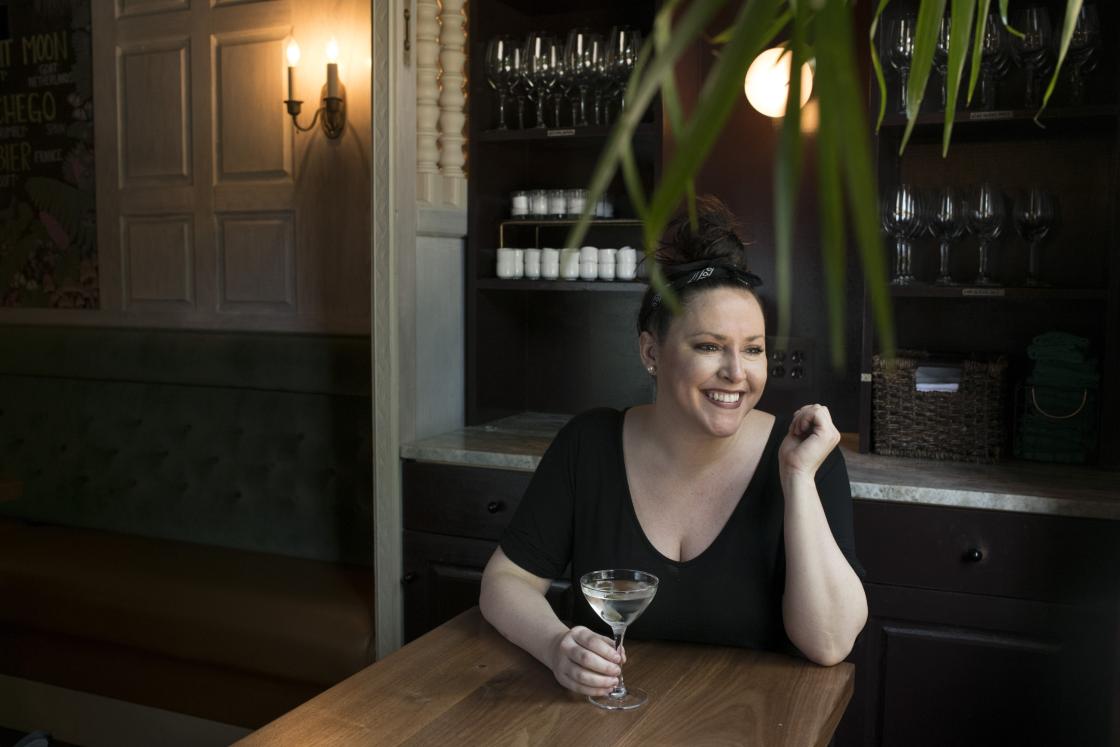
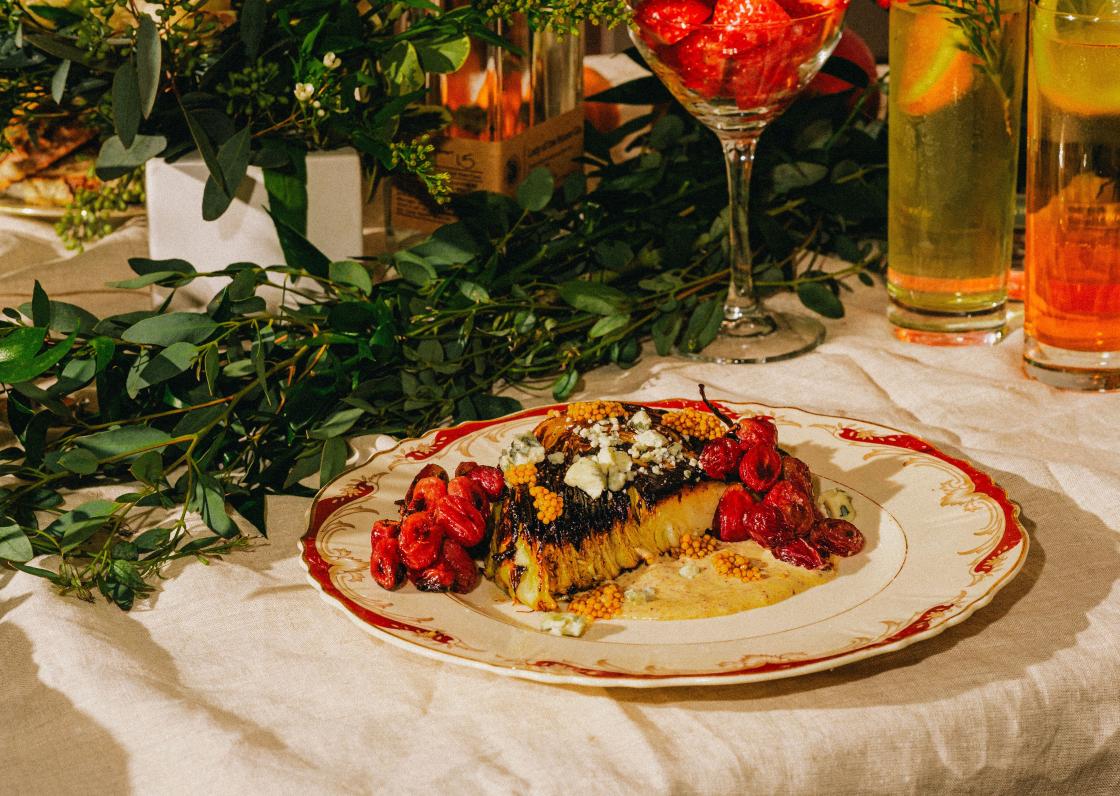
The Center’s signature Edible Landscape Dinners were conceived by artist and Cranbrook Academy of Art graduate Emily Staugaitis (CAA ’15). For the first dinner in 2015, the Center worked with Seldon Standard in Detroit to craft an experience highlighting food items planted in Cranbrook's gardens a century ago. Subsequent dinners—presented in collaboration with Gold Cash Gold, Wright & Company, Chef Sarah Welch, Chef Matthew Baldridge, Chef Suzuki of Sharaku, and Chef Cory Barberio of San Morello—explored the history of Cranbrook’s Greek Theatre; the Lake Como-inspired Boat House; the story of Cranbrook’s matriarch Ellen Scripps Booth; the European travels of the Booths’ youngest son Henry Booth and his wife, Carolyn Farr Booth; the history of the Cranbrook Japanese Garden; and the Vettraino family’s origins in Italy.
PHOTO CREDITS
Banner image:
Scarab Club Building Exterior. Photography courtesy of pewabic.org.
Scarab Club Membership Card, 1920. Photography courtesy of Cranbrook Archives.
Robert Hopkin (Scottish American, 1832 - 1909), Homeward Bound, Collection of Cranbrook Center for Collections and Research, Bequest of Henry Scripps and Carolyn Farr Booth. Photography courtesy of Cranbrook Center for Collections and Research.
Scarab Club Room. Photography courtesy of Scarab Club.
Lady of the House Executive Chef Kate Williams. Photography courtesy of Lady of the House.
Dinner Plate. Photography courtesy of Lady of the House.

